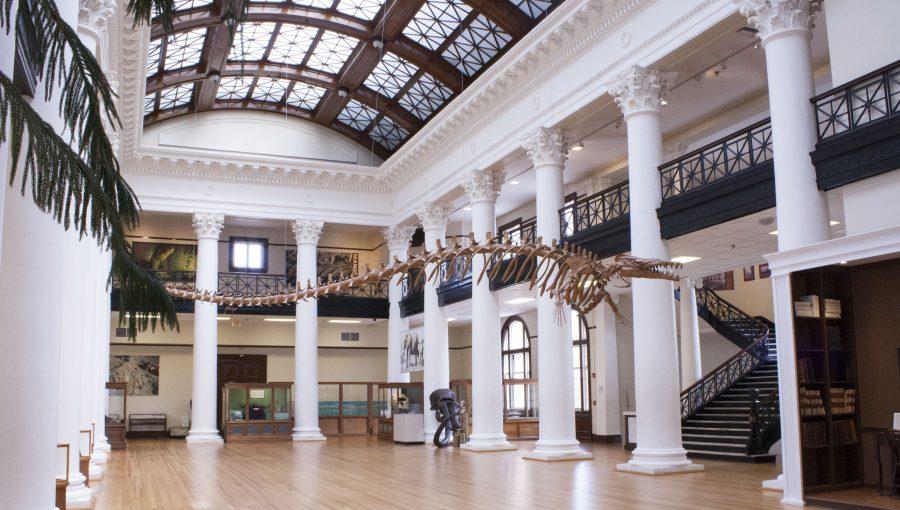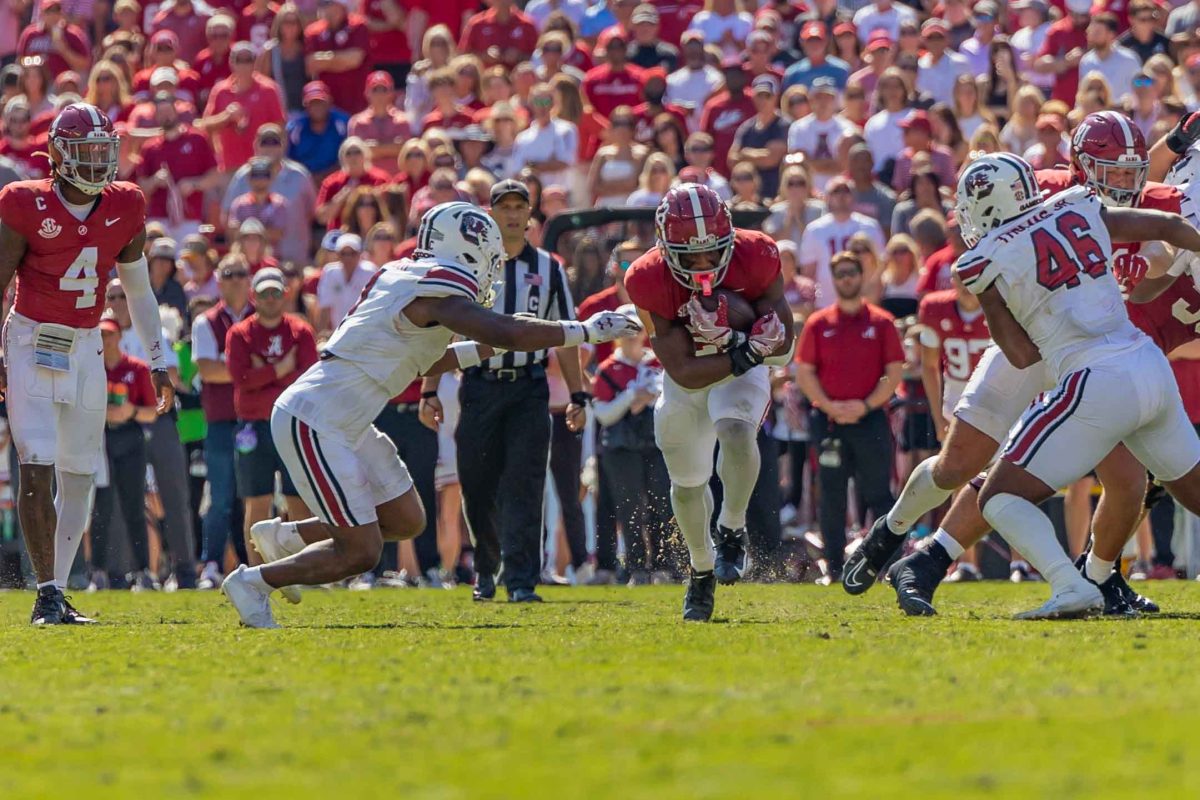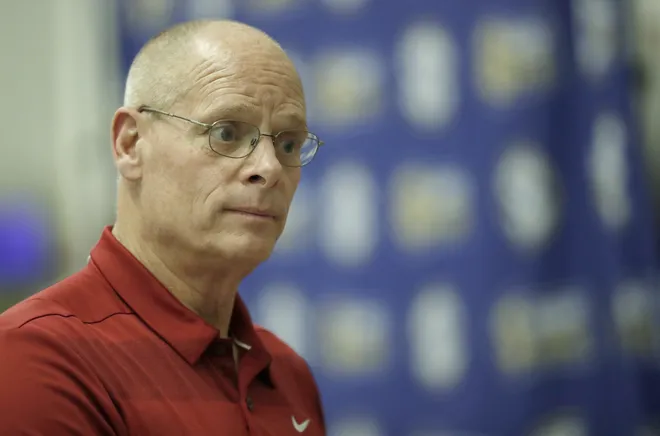With a bushy brown moustache and gold-rimmed spectacles, Dr. Eugene Allen Smith leaned up against the pine ferry crossing in Tuscaloosa and wiped the sweat from his brow. It was the summer of 1904, and the shiny black paintjob on his carriage had become dusty over the 21 years of traveling he had done in it thus far. From a narrow road atop Stone Mountain, to Hurricane Creek, the iron wheels had spun on and on and he was far from finished with his work.
Eugene Allen Smith was born on October 27, 1841, in the former town of Washington, Alabama. He attended the University of Alabama prior to its burning in April 1865, and obtained a Bachelor of Arts degree soon after. He enlisted in the Confederate Army, where he served as a military tactician until the end of the war. He then attended graduate school at the University of Berlin, University of Gottingen, and finished his schooling with a Ph.D. in Geology at the University of Heidelberg.
Jonathan Hays, a senior majoring in Geology, believes that his trip to Europe brought back valuable methods to the states.
“I believe Dr. Smith may have been educated in Europe at the time before geology had a good foundation in the United States,” he said. “He brought back geology and became one of the first major geologists in the US.”
At the rebuilding University of Alabama in 1871, he was offered to become the professor of agricultural chemistry and mineralogy. He took the job. Then, two years later, he became the second Alabama State Geologist. He taught in the fall and spring and traveled in his wagon during the summer months.
Todd Hester, the Alabama Museum of Natural History Naturalist, has researched Smith, and believes that he was a major figure for the reconstruction of the university.
“As state geologist, he was responsible for the geologic survey of Alabama and their mission of surveying the mineralogical and geologic features so that the information could be used by the state and public for the betterment of society,” he said.
Allie Sorlie, the education outreach coordinator for the museum, also promotes his importance.
“He, along with the geological survey team, helped put together the first geological map of the state,” she said. “This map is not only important for educational purposes, but for the economic purposes of finding coal, marble, and other valuable resources.”
Dr. Smith was not only an important figure in state geology, but had a wide range of influence at the university. He helped with the foundation of the athletic program in the 1890s and was a fan of football and baseball.
“On many spring afternoons he could be found keeping score for the capstone’s baseball team,” said Hester.
He also helped organize the university’s first symphony orchestra–where he played second violin.
After the burning of the university, just five days before the end of the war, the library was left in ruins and most of the books were burned. Upon Smith’s return, he helped rebuild the library’s book collections. An avid reader himself, it was important to him to provide educational opportunity to students.
The university would end up building a new academic hall that housed the biology and geology departments. It would also include a rebuilt Alabama Museum of Natural History. In 1910, it was dedicated. At Dr. Smith’s protests, it would be called Smith Hall.
Smith’s wagon now sits in the corner of the Alabama Museum of Natural History at Smith Hall. Among the replication of his office and the contents of his tool bag, sit a large pair of spectacles on top of a leather case.
“He truly was a renaissance man for the state of Alabama and the South for that period of time, said Hester. “He was ahead of his time.”









